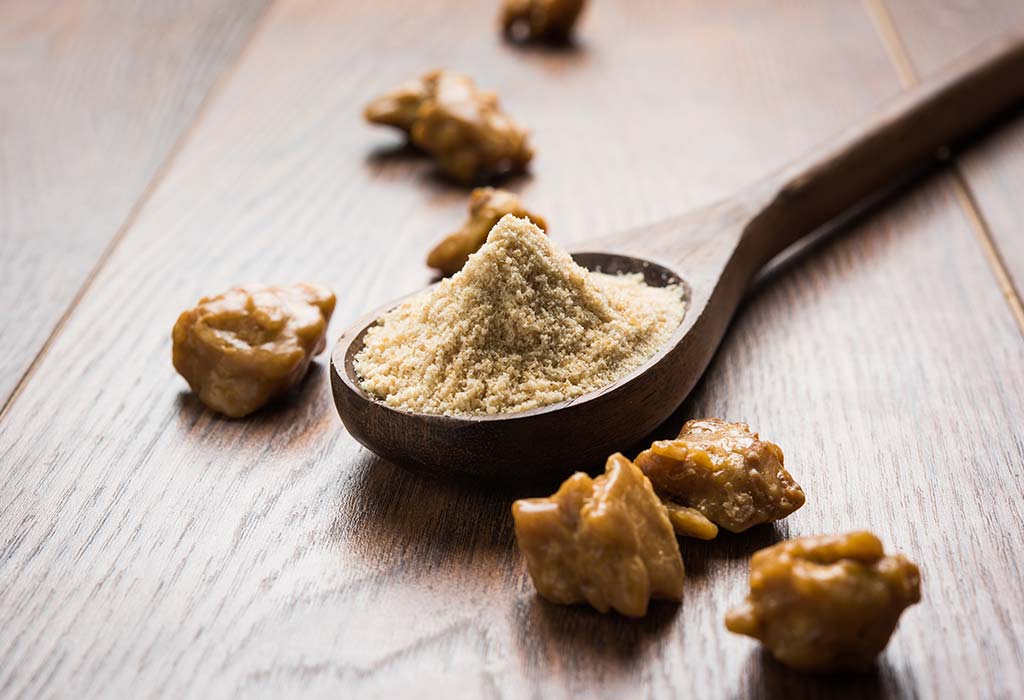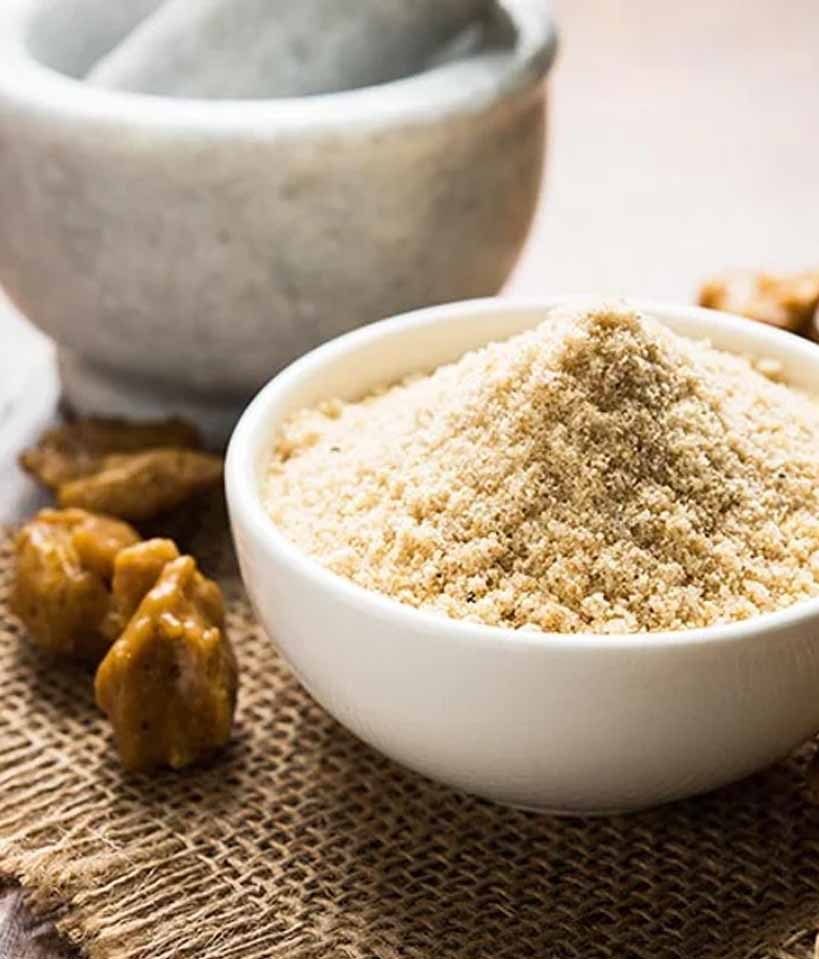Asafoetida is an ancient flavoring which has been used as far back as Roman times. It traveled to India with the Moghul empire and has become an important seasoning throughout many Indian cuisines as well as throughout Afghanistan.
Asafoetida (pronounced a suh feh tee duh) has many spellings and names. In India, it goes by asafoetida, asafetida, hing, ting, to name just a few! The French call this spice “Devil’s Dung” which brings us to a defining property. The odor of asafoetida is quite pungent and has even been described as fetid. Thankfully, that smell all but disappears when added to hot oil and cooked.
Not actually a spice or herb, Asafoetida is a sap that hardens into a resin when exposed to air. The sap is extracted from the roots of a giant fennel species. Harvested from plants that are at least 4 years old, the sap hardens into small pieces called tears–named for their shape. Tears can be pressed into larger pieces referred to as lumps. Lumps or tears are then ground into a powder. That powder is mixed with a starch such as rice powder and gum arabic to keep it smooth.
As mentioned above, asafoetida is an essential ingredient in many cuisines throughout India. Some Hindus and other religious groups avoid eating onions and garlic; asafoetida can be used to replace those flavors. It’s flavor is pungent, slightly fermented and sulfuric much like garlic and onions. It is used in small quantities in a way similar to how we cook with salt in the United States.
Afghani cuisine uses asafoetida to cure meat. Throughout India, it is used in curries, pickles, and sauces. It mixes well with the flavors of fish, meat, legumes, grains, carrots, fennels, mustard, mint, and cilantro–both fresh and coriander seeds.
Use Asafoetida sparingly. Just a pinch can flavor an entire pot of lentils. We love adding its savory essence to tarkas. Tarka is a method of adding extra flavor to simple dishes such as lentils, stir fried vegetables or even popcorn by topping them with spices which have been fired in a fat. We find tarka is also a nice addition to a simple Raita (an Indian yogurt sauce).
The following Raita recipe shows just how much a tiny bit of asafoetida can make a dish shine! Many Raitas call for lots of fresh ingredients. This is a raita to make when fresh ingredients might be short–a pantry recipe. Feel free to add a chile or two to the tarka if you’d like to add some heat.


The Story of Asafoetida
Ingredients
Raita
Instructions
-
Stir to combine the first three ingredients. Taste and adjust for salt.
-
Heat the oil over medium heat in a small frying pan.
-
Add the cumin seeds and cook for 30 seconds or until fragrant.
-
Add the mustard and coriander seeds. Cook until they start to pop.
-
Add the curry leaves and cook for 1 minute more.
-
Add a pinch of asafoetida. Cook for another 10-15 seconds before removing from the heat. Be careful not to cook longer as it may burn and become bitter.
-
Remove from the heat and pour over the yogurt mixture.
Note
Use your raita as a side dish or sauce for roasted meats or vegetables.


